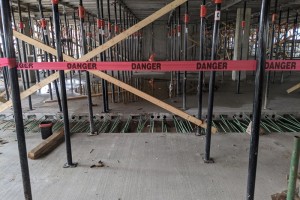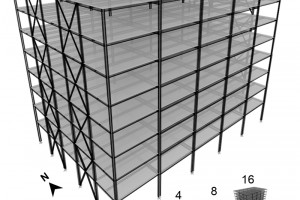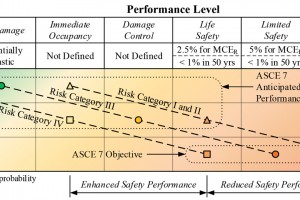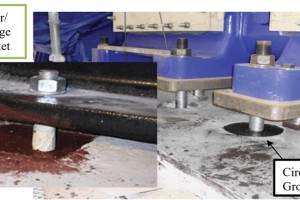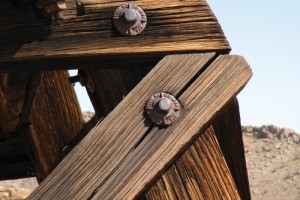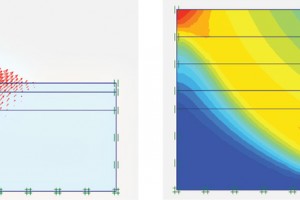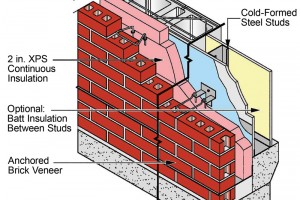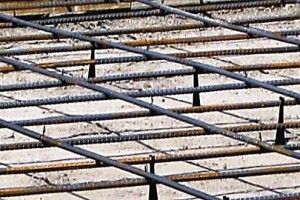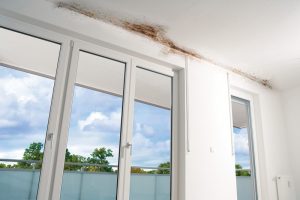Often Overlooked and Misunderstood
For over 40 years, the traditional pour strip in concrete construction has been an issue of contention between the engineer of record (EOR) and the contractor, and this challenge continues today. The EOR desires a high-quality slab, which requires more pour strips that are left open longer. The contractor wants faster construction, which requires fewer pour strips and pouring them back sooner. Shrinkage and restraint-to-shortening (RTS) are at the core of this age-old dilemma, and EORs should not have to sacrifice quality for cost and schedule.
…
